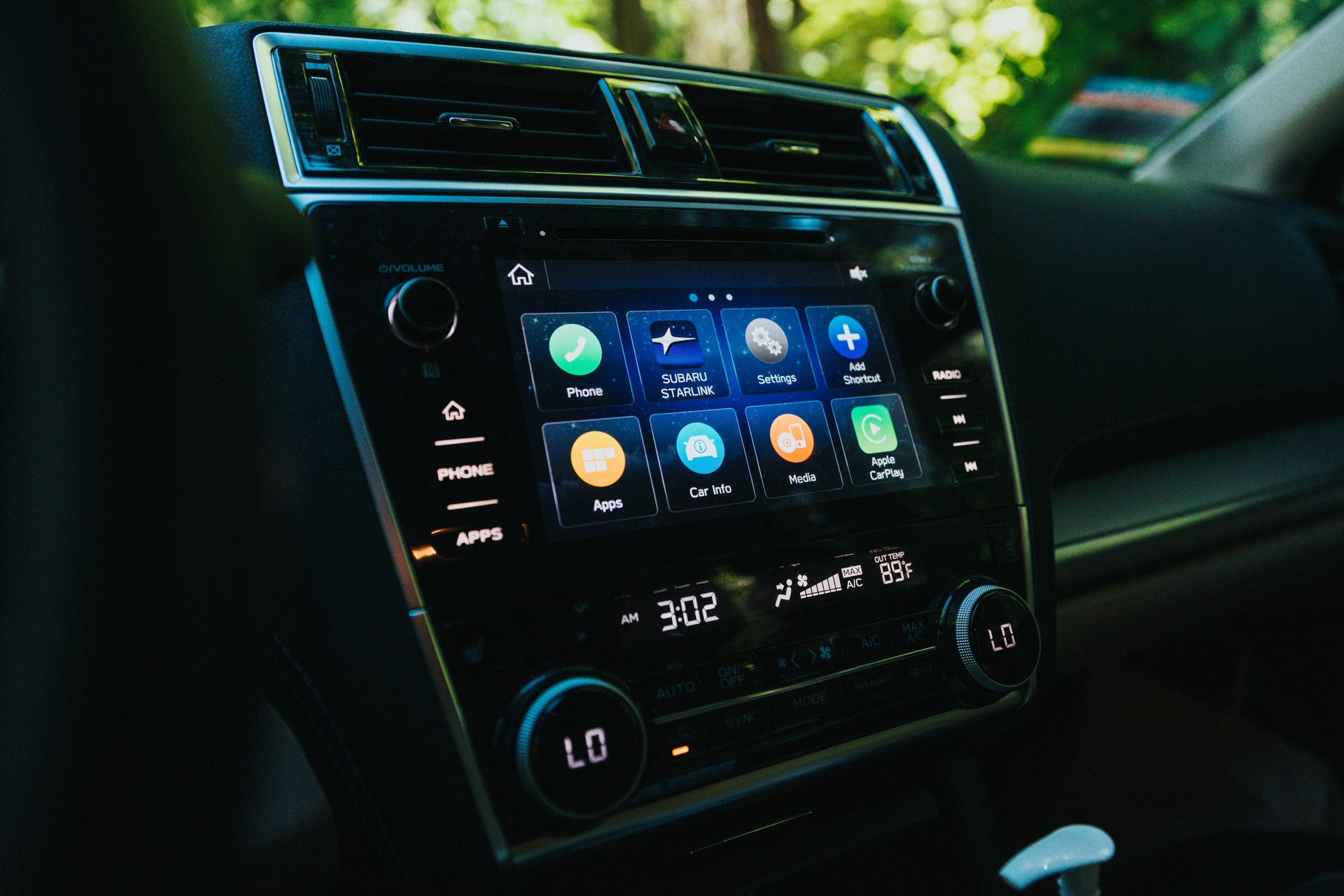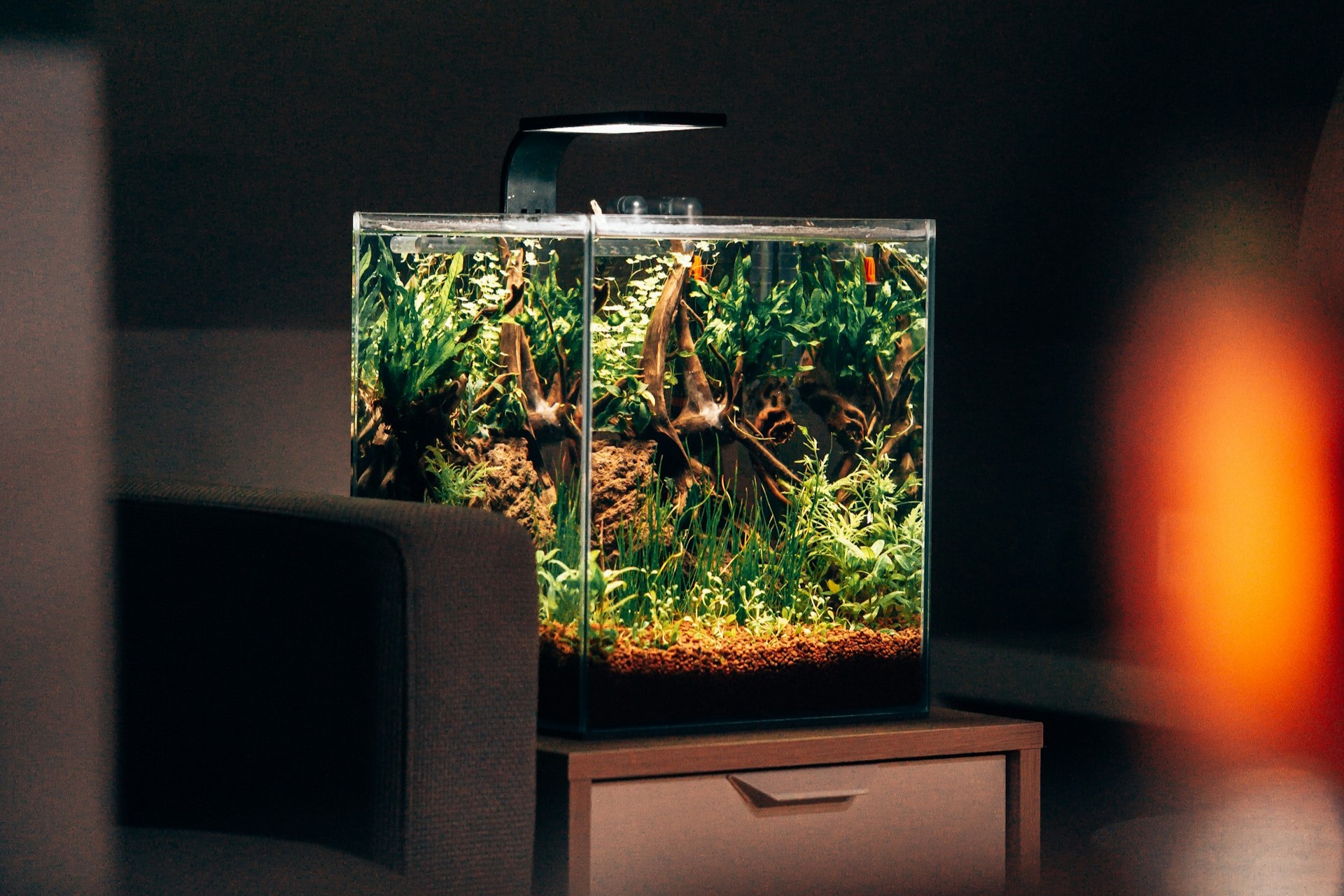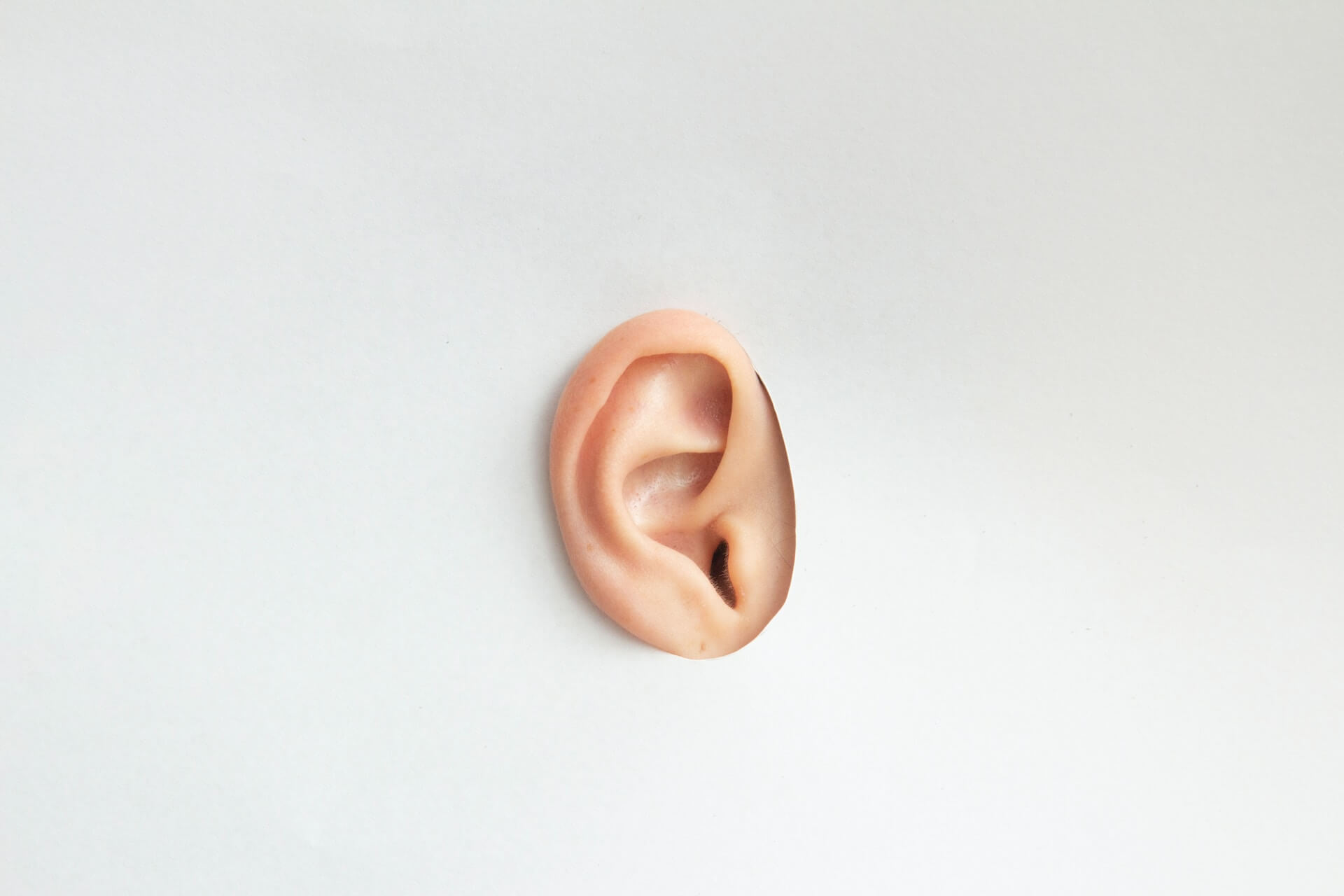How to Improve Your Car’s Stereo
Jan 10, 2018

As an Amazon Associate, Modded gets commissions for purchases made through links in this post.
Adding hood scoops and intake tubes to your car might make you feel good for a little while, but the fact is, in everyday driving, your experience won’t change all that much. Why not put that money into something you can enjoy every time you get behind the wheel, like some quality jams?
Perhaps your car’s stock stereo is getting long in the tooth or maybe you’ve purchased a used car that has aftermarket equipment that doesn’t meet your standards. The options to upgrade and reconfigure your system are almost limitless. It’s just a matter of time and money. So here are a few things to consider.
Starting From Scratch
Replacing the 14-speaker Mark Levinson stereo in your brand-new Lexus is probably a waste of effort. But then, if you’re reading this article, you probably have a different kind of stock stereo.
Vehicles built as recently as the early 2000s, and even some made later than that, didn’t leave the production line with the finest of audio equipment on board. In most cases, you’re just a few plastic tabs and a wiring harness away from swapping that stock gear out and significantly improving your listening experience.
Pieces to the Puzzle
You’ll have to decide where you want to begin, so it’s important to understand the basic components that make up your stereo. The receiver or head unit is the piece that controls audio playback, reads input from various sources and allows you to tune and shape the way your system sounds. It also contains a small amplifier that in many instances is the only one in the system.
From your head unit, the audio signal is going to make its way to your speakers. “Stereo” sound assumes you have at least two and most cars now have several more speakers. In some vehicles, there are amplifiers added to give the system more power and volume. Working on cars with existing amps can add a level of complexity to the system because the amp and head unit must communicate.
Basic Upgrades and Fixes
Maybe you were having a little too much fun blaring the talk radio station on your commute home and a speaker blew out on you. As long as you’re comfortable removing and replacing a few interior panels, you can find an aftermarket replacement and install it yourself to avoid the cost and hassle of visiting the dealer.
Many audiophiles who aren’t happy with their factory stereo start with a new receiver and/or upgraded speakers. This can be an excellent way to add functionality like Bluetooth connectivity, satellite radio and even pre-wiring for additional amplifiers. It will also allow you to play higher-quality music files and bypass the car’s digital-to-analog converter (DAC) by using the one in your phone or iPod, which could result in better sound.
You can expect a noticeable difference in sound quality just by making these simple changes, and the aftermarket provides you with a huge selection of components to choose from. Reusing stock locations is a great choice for beginners. You can bring life back to a car with a broken stereo, for example, or install premium components that add new depth and nuance to your music.
Bring on the Bass
Throw on a record by Johnny Cash and you may not notice if your stereo isn’t pumping out lifelike chest-pounding bass. Music made in the last 20 years or so relies much more heavily on low notes from synthesizers, and let’s face it: having a subwoofer or multiple subwoofers just makes your car cooler. So how can you get one if you don’t have one from the factory?
Remember how we discussed amplifiers earlier? If you want to add some bass, you’re going to need extra power — and that means installing an amp. This is part of the reason why adding a sub can be more expensive.
Typically, you’ll install a new power line for your amplifier. This line will run off your car’s battery terminal and be controlled by the switched lead to your receiver. You then need to run the signal from the receiver to your amplifier, and finally to the sub. Boom! Bass to the rescue.
Consider the best way to isolate your subwoofer. You don’t look cool driving around with your trunk rattling. Do not cite this article if you pull that stuff. Instead, lay down some sound-deadening material like Dynamat or find a good snug spot with carpeting around it for your sub and use your amp gain appropriately. Failure to do so could break your new equipment.
Going All-Out
When money is no object, you can do some impressive things inside a car. Since you’re working in a sealed enclosure, a car’s cabin is a great place for listening to music. With a fully customized system, you can install dedicated speakers for each frequency — these are called “component” speakers — and exercise subtle control over what sounds come from which speakers.
Doing this involves a lot of work, so consider involving professionals if you go this route. You will probably get a wide-screen receiver running Android OS or another touch-screen-based UI, multiple amplifiers and possibly even crossovers, which are wiring components that filter out different frequencies so speakers aren’t trying to reproduce sounds outside their optimum range.
Tune It Up
Your stereo system might seem plug-and-play, but chances are good that if you’ve never attempted to tune it, you’re underutilizing what it can do. Take a moment when you’re not driving and go through the adjustments that are available to you.
Most aftermarket receivers offer some form of sound-shaping. And if you’re using an amplifier, it will have gain and other tone controls that can drastically affect sound quality. Dial them in and prepare to be impressed. It might take a little homework, however.
With tuning, as with sound systems in general, what matters is whether you enjoy listening to the music. A $200 retrofit that lets you jam out after years with no stereo might be the best thing in the world — or you might be an audiophile who needs to hear every fret change and has the resources to build a custom setup.
Either way, upgrading your audio is an accessible and useful way to make the daily commute a little more tolerable — and we highly recommend you try it out.






